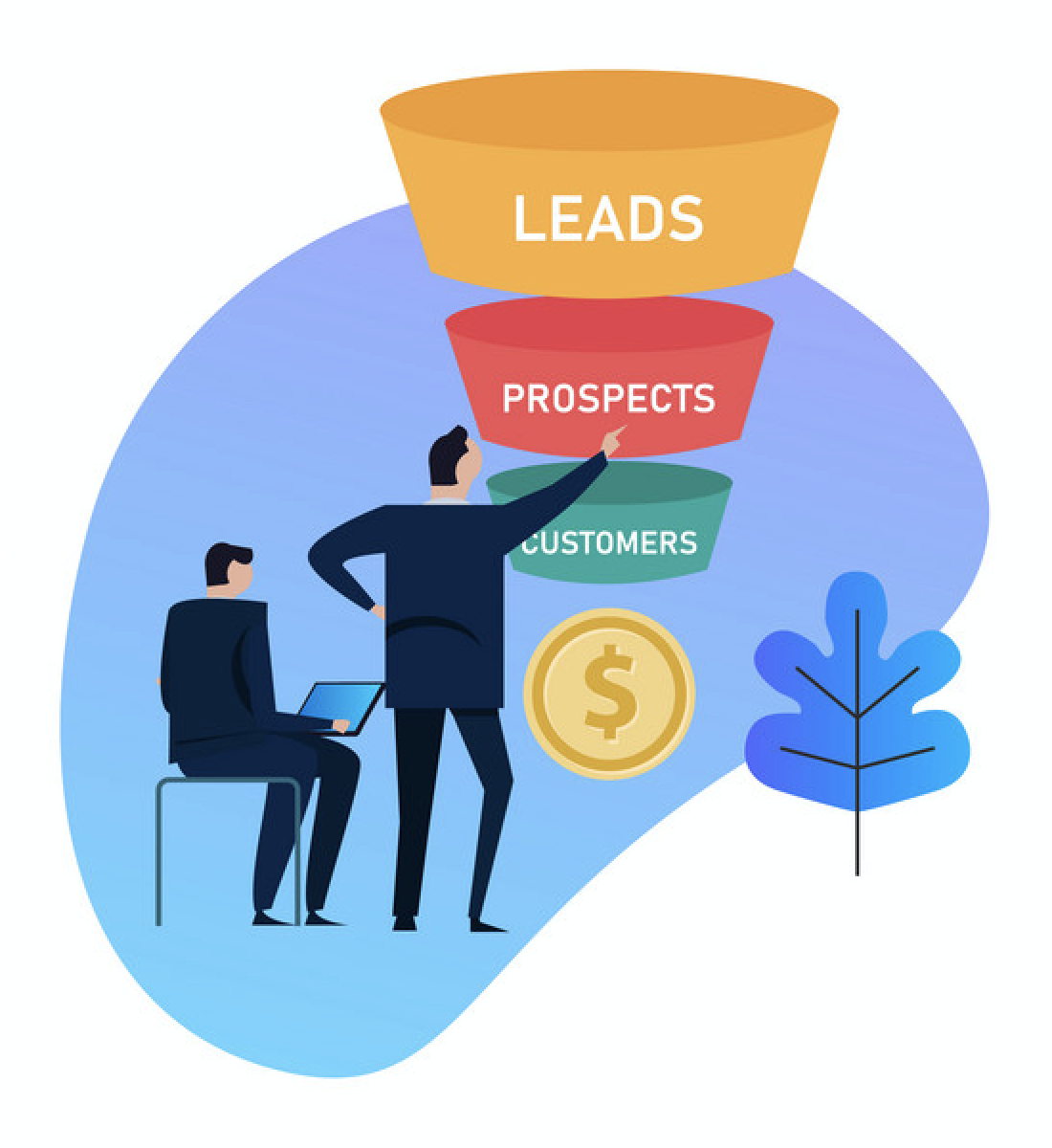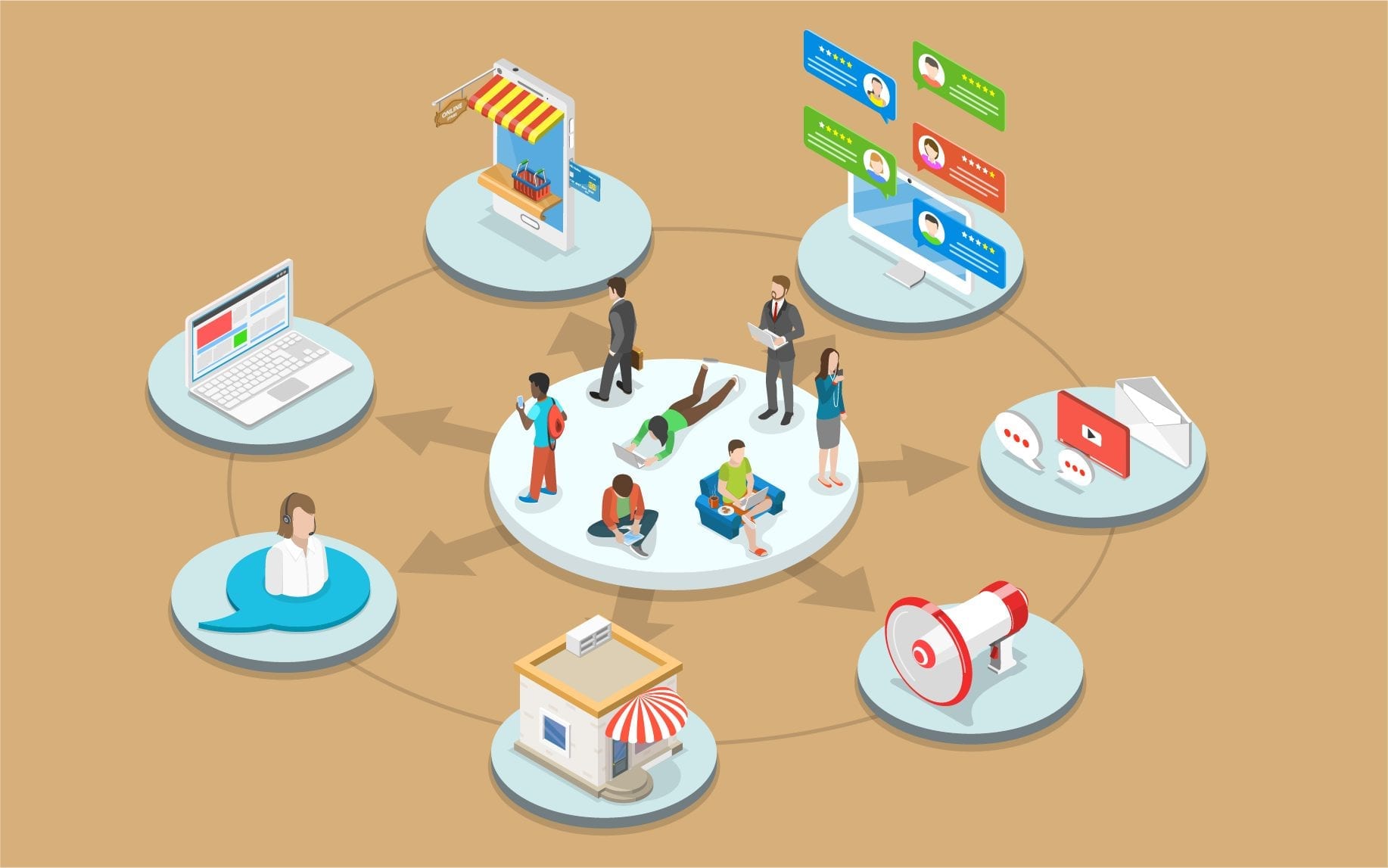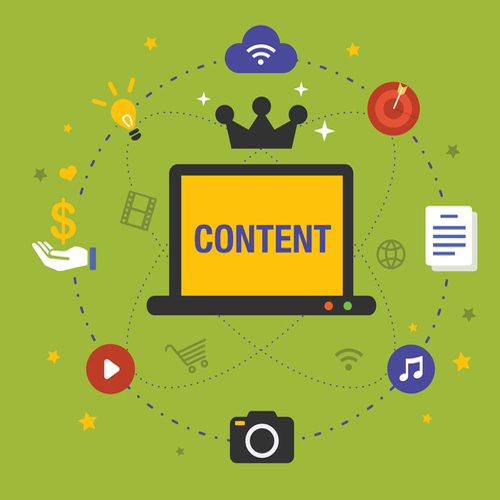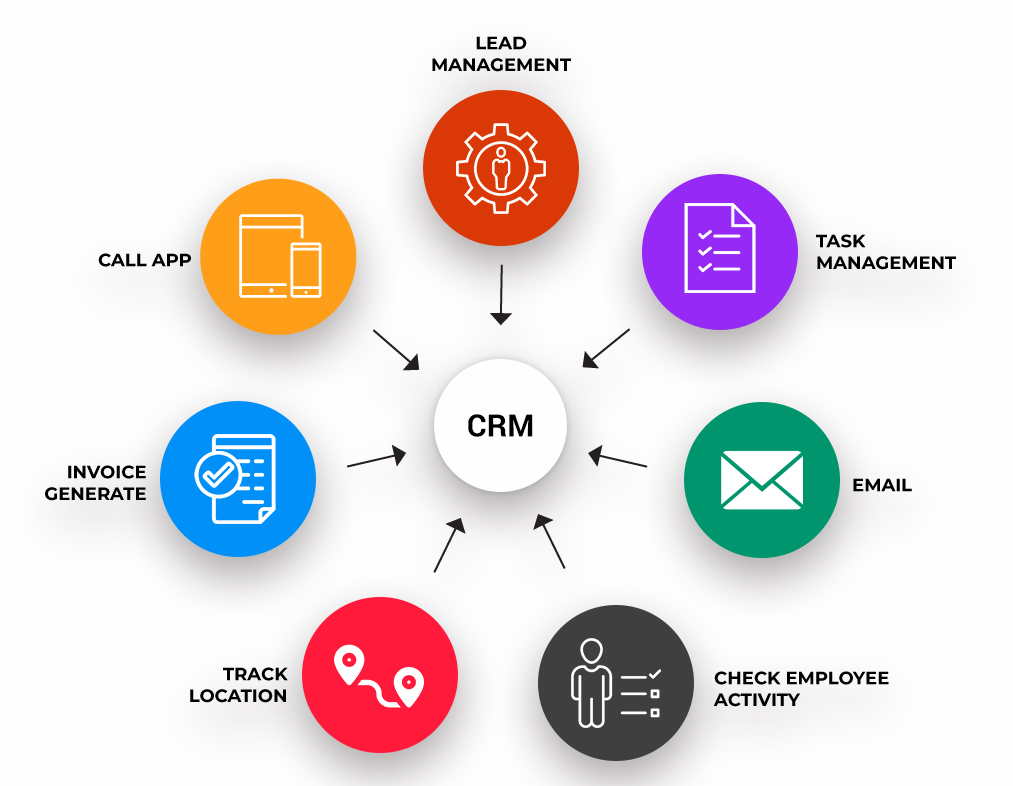Introduction
The marketing landscape has become more integrated and inclusive in the past few decades. While businesses haven’t let go of traditional marketing methods, they have embraced newer marketing avenues and opportunities to acquire them faster.
Marketers are constantly juggling between managing acquisitions and ensuring retention. Integrated marketing gives us a wider reach, bringing customers from far and wide. Despite the changes in marketing, the limited or pre-perceived notions were an obstacle to formulating a marketing plan for the end customers.
There is data everywhere around us. However, we are missing the opportunity to extract, store, and learn from it.
The Internet of Things, where devices are connected over the Internet, can help make the data useful and usable. With this new technology, the world is full of opportunities and possibilities, aiding businesses in improving decision-making.
Marketers have slowly embraced this technology along with Big Data to enhance the usability of the data usability and acquire better insights for relevant, personalized strategies.

In this article, we will talk about the advantages of IoT in marketing, how it is improving the landscape, and some incredible examples that showcase its ability.
The Top Benefits of IoT in Marketing
Check out why businesses should use IoT to market their products or services.
Relevant Marketing Efforts
There is an exponential increase in the number of connected devices. As a result, marketers are getting more relevant data about their customers. These include their consumption habits, purchases, and the products they need. In addition, it gives marketers the ability to understand the personas of their potential customers.
This data can help them segment customers into more inclusive clusters. The data-driven segmentation helps deliver personalized marketing strategies relevant to the end customers.
Better Business Prospects
When incorporating the Internet of Things into marketing strategies, we can collect data from different aspects of the customer’s world. For instance, we will be able to check the number of videos they saw related to the product. Similarly, we notice their in-store visits for the same product.
In addition, we can track all aspects of their lives through the connected world. For instance, we will know what they consume daily (food, videos, transport, apps, etc.). This gives us a more detailed understanding of what the customer wants. As a result, every marketing effort will lead to an increase in potential customers.

Reduced Marketing Overheads
Don’t we all say – let’s try this and see? With IoT at the core of our marketing strategies, we won’t be saying that anymore. There are fewer chances of error or trial at this point. We are, after all, more than aware of our customer and their needs, knowing them better than the rest.
As a result, when we connect or communicate with them, it will be based on our understanding. We won’t waste money or time on marketing strategies we don’t believe in. Eventually, fewer resources get wasted, and we spend less to achieve more.
Different Types of Advertising
We can apply different methods to advertise our products with IoT. For example, beacons are a great way to ensure customers get real-time ads from a business. Brands can run an ad or send a message when the user enters the store.
At the same time, we can use IoT to track the customer’s location and send them a relevant, location-based message. With these different forms of advertising, we are essentially trying to get the user to purchase a product or sign up for a service. The more relevant our marketing strategy, the better the chance of sales conversion.

How Does the Internet of Things Work in Marketing?
Globally, the projected spending on the Internet of Things is $1.1 trillion in 2021. Many marketers expect the numbers to increase due to the business benefits offered by the IoT.
With the range of opportunities it provides and the level of relevance it brings to marketers, it is obvious everyone wishes to embrace it.
Now, let’s take a look at how IoT works for marketers. The Internet of Things is data that flows through connected devices. So, there are a total of four components that make up this technology.
Sensors: They are devices that hold the data. Fitness bands or Alexa are examples of data-holding devices.
The Connectivity: Wi-Fi or Bluetooth enables the device’s connectivity to the cloud, where the data is stored. In addition, RFID readers and HTTP/S methods are other means used to connect and read the data.
Machine Learning: The third component is the actual work done on the data we collected. For example, Alexa informs us that we are running short on milk or cucumbers. Machine Learning, or ML, is an algorithm that will dictate to the device to order more.
✅ In this case, the past data collected by the widget helps.
✅ The ML algorithm will compare the existing data with the recently received data to analyze and determine the solution.
✅ The algorithm further helps understand customer preferences, online and offline behavior, and purchase history.
✅ Depending on the availability of the data, we can decide if the product or service would be helpful.
User Interface: This is more of a mobile app. The data comes back to our devices, helping us decide the course of action. For example, in the case of a fitness app, we would receive our past and present details along with insights on improvement. We then accordingly choose your next week’s workout routine.
The Impact of IoT on Marketing
We have seen the benefits and how the technology works. So let’s take a look at how it will make marketing smarter.
Smarter optimization methods
The inclusion of IoT marketing strategies will heavily impact the SEO landscape. Marketers strive to understand the intent behind every search made by the user. For example, if the user is searching for “best luxury watches,” they could be looking to buy the watch or know more about them.
The intent is best learned when the searches are done on voice assistants or AI-powered devices, as the user uses a more natural language. As a result, marketers find valuable data here. The optimization no longer remains restricted to keywords or phrases; Marketers will optimize it for the voice assistant. As a result, optimization will be more intent-driven in the future.
Intent-driven Writing
Content writing and marketing will undergo a massive transformation with the inclusion of IoT in the marketing strategy. Every intent will need to be attended to so that we can enhance the outcome. Creating content to meet the plan will help us improve visits, engagement, and conversions.

Intelligence on Social Channels
The brand will appear more intelligent on social channels and in email marketing. Data relevant to the customers would back everything we do on social channels. We will not post anything on the topic that is useless for the end customers to read.
For example, we will know, using the data available, what customers love to consume on social media. We can even unlock answers to the following questions:
✅ What are some of the products they use?
✅ How long do they stay on this channel?
✅ Do they buy from social media channels?
✅ What puts them off or makes them unfollow?
Having this detail is always helpful. It helps us understand how to promote the brand for better engagement and conversions.
Effective CRM
CRM is an integral part of any marketing strategy. This tool tells us what the user is doing and what they need. For example, if the CRM says the user might be on the verge of conversion, we may want to send an email that encourages the user to make the purchase.
IoT makes CRM smarter and improves its efficiency. For example, we don’t need to invest in tools that analyze and identify the customer’s stage in the funnel; the CRM combined with IoT will help determine the same. Eventually, we will be guided by the right insights.

Conclusion
This article showed how the Internet of Things would enhance marketing and make it smarter. This shift will enable marketers to explore and adopt data-backed strategies and improve outcomes. However, it is essential to have a checklist, a defined process, and an understanding of best practices before executing the IoT marketing strategy.
Tags: Advertising, Content Marketing, CRM, cx, CXM, IOT, machine learning, Marketing, Marketing strategy, ML, Omnichannel Customer Experience, ORM
